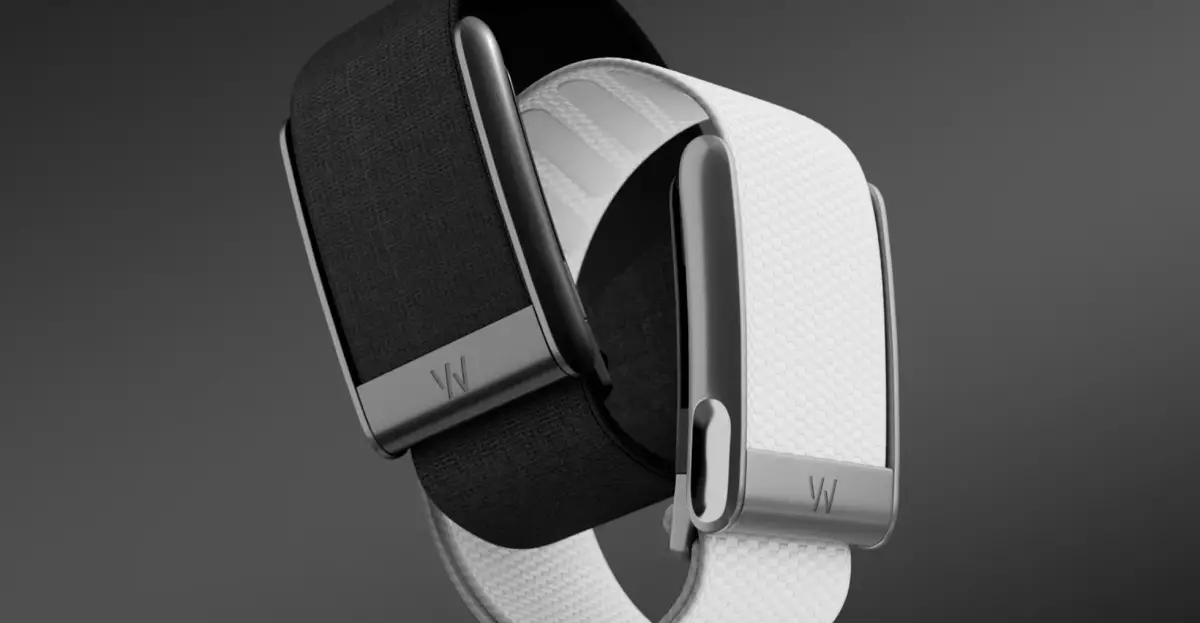In the ever-evolving world of fitness technology, users expect reliability and accuracy from their devices, particularly when they come with a premium price tag. The latest hiccup from Whoop, known for its cutting-edge fitness trackers, has left a slice of its user base feeling frustrated and concerned. The Whoop MG, a device celebrated for its Medical Grade capabilities—boasting features like EKG readings and advanced blood pressure monitoring—is facing a well-publicized dilemma, as many trackers reportedly become unresponsive shortly after unboxing. In a market where precision is paramount, even a hint of unreliability can shatter consumer confidence.
As with any tech launch, especially one aiming for the medical-grade certification, glitches can and do happen. The Whoop MG rolled out alongside the Whoop 5.0 this month, drawing attention due to its advanced monitoring features. However, the experience surrounding this launch has shifted from one of excitement to disappointment. Users have taken to community forums and social media to voice their grievances, with issues arising within mere hours of setup. Reports indicate that users find their devices completely inert, a situation all the more troubling given the hefty annual subscription fee required.
The Preemptive Replacement Strategy
In light of these burgeoning complaints, Whoop seems to have adopted a somewhat controversial approach to addressing the issue: preemptively replacing devices, even those functioning without problems. This begs the question— is this a responsible course of action or an admission of deeper flaws within the product? Some users have reported receiving replacement units before they even reached out for assistance, fostering a sense of distrust among users who feel their experience is less about customer service and more about damage control.
Compounding the issue is the awareness that many users have been caught off guard by Whoop’s customer service decisions. While some appreciate the proactive step of replacements, others view it as condescending, particularly when they haven’t experienced any noticeable malfunctions themselves. The discussions in online forums convey a palpable frustration; individuals prefer transparency and communication over assumptive tactics that leave them questioning the quality and durability of their products. One user relayed their experience of receiving a replacement tracker without indication of any prior fault, only adding to the overall confusion surrounding device reliability.
Navigating the Customer Experience
Critics argue that the Whoop MG saga exemplifies a larger trend in the tech industry: an emphasis on features over functionality. While innovative advancements, such as the EKG capability, are noteworthy, they do not negate the fundamental expectation that the device should consistently perform its basic functions reliably. Whoop’s initial struggle with their subscription terms didn’t help; initially requiring users to extend their membership by twelve months to avoid upgrade fees triggered an uproar. A hasty retraction of the policy was certainly a smart move but also showcased a lack of foresight on Whoop’s part.
The discussion regarding customer expectations is enormous here. When investing in a high-end product like the Whoop MG, consumers anticipate not only superior technology but also a robust support system. The device’s current dysfunction has forced users to confront the stark reality that cutting-edge features may come at a cost of stability. Particularly for fitness enthusiasts who lean on these devices for health metrics and personal insights, the stakes are high.
Looking Ahead: Trust and Evolution
Whoop’s situation underscores a crucial lesson in consumer technology: the necessity of building and maintaining trust with your user base. Repairing this trust requires more than just fixing glitches and improving product performance. It demands a cultural shift within the company to prioritize customer experience equally alongside innovation. Open communication about issues and providing reliable solutions, rather than relying on reactive strategies, can go a long way in regaining consumer confidence.
As the fitness tech landscape continues to evolve, companies must remember that user satisfaction goes hand-in-hand with product quality. The path forward for Whoop may prove to be a challenging one, but it also presents an opportunity to set a better standard in the industry. Fostering a genuine relationship with users, built on accountability and reliability, could not only salvage their reputation but elevate the entire fitness technology market in the process.


Leave a Reply